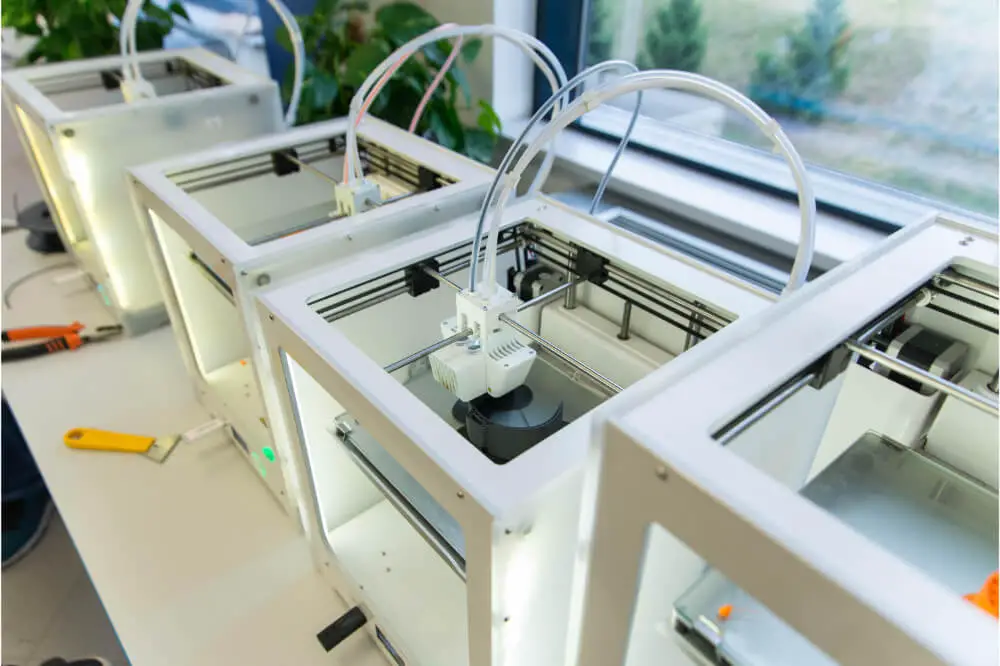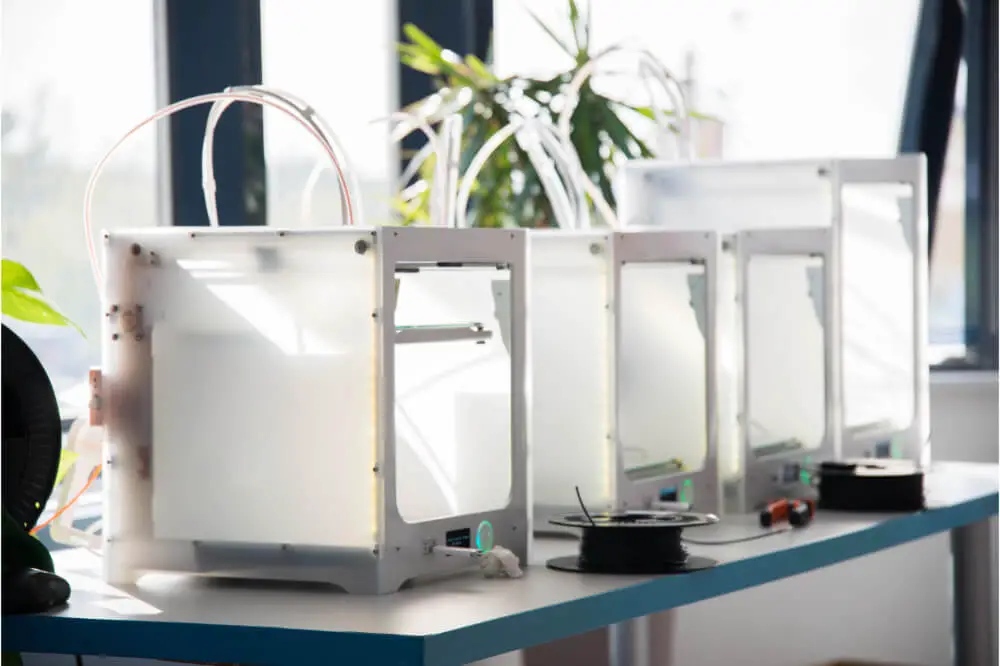The figures may be high…
Sometimes it is hard to track how many people own a 3D printer. Sales figures only track the number of units sold, not how many people actually own a 3D printer. The reason for that is that you can’t track who is buying a replacement unit, a gift or even a new one.
The best anyone can do is make a best guess effort as even the sales figures are not up to date. The best that can be done there is look at the end of the past year’s sales to see how many units were sold.
To get a good idea of how many people own a 3D printer, just continue to read our article. It gets the estimation as close as possible so you can track the popularity of one of the world’s more popular devices.

How many people own a 3D printer?
This is hard to track as the figures are not always in on time and many potential customers are put off by the high prices for the printers as well as the materials needed to do the printing.
Between 2015 which had almost 300,000 devices sold and 2018, the amount of 3D printer purchases doubled to 550,000 approx., give or take about 10,000 units. What makes it hard to estimate is that a large number of those sales were probably done by companies buying multiple printers to meet various printing needs.
For 2019, the estimated sales, if they kept going like they did between 2015 and 2018, should have reached between 1 and 2 million units sold. So, the best guess scenario for individual households should be in the neighborhood of about 1,000,000+ homes that have a 3D printer.
Taking in account the pandemic, We did not expect to see an increase in sales during 2020. The total amount of sales was expected to drop by 4%.
Why are 3D printers sales falling?
The slowing of 3D printer sales is not due solely to the current health crisis that is plaguing the world at this time. There are other factors involved that contribute to the slowing of sales. Here are many of those factors:
| Factors | Explanation |
|---|---|
| The new car enthusiasm has worn off | This happens as the development of these printers for home and practical use has been slow and people are moving on to the next shiny thing |
| Waiting for a breakthrough model | In other words, current models may be difficult to operate, learn how to use and still too expensive to buy. The people want a cheap 3 in 1 type model like 2D printers have |
| Expensive to purchase | While some home units are more economical around the world the cost equals a year’s wage. Some industrial models are out of reach for the average business |
| Legal issues | While the number of companies making these printers have doubled, murky legal issues still abound slowing things down |
| Practicality | The first print or two is exciting but when the owners stop to think a little bit, they have no practical use for their 3D printer |
| Quality of the filament | While this has been improving plastic filaments still are not durable or sturdy enough to have prints last a long time |
| Health hazards | The bad news is out and people do not want to ruin their health just to print a few items they won’t be able to sell |
| A lack of user friendliness | Many people see it as a very complicated device to operate |
| Slow printing | In this want it now era, 3D printers are still printing like it was the 19th century not the 21st |
How to shop for a 3D printer
If none of this news worries you and you still want to jump on the 3D printing bandwagon, you need to know what to do before you buy. Shopping for a 3D printer is more than just looking at the specs:
- Make up your mind- make sure you want to get one and be ready to do some research to see all the different models and what is involved.
- Take one for a test drive- before you buy, try one or more out to see if the printer works for you. Hooking up the printer to your computer can be tricky so try it first.
- Ask the hard questions- find out about printer times, material costs, health hazards and more. But beware, the answers you get may not address the issue you want to know about.
- Talk to people outside the industry- ask people who own a 3D printer what they think, how they view the trend and other tough questions. Get a full perspective not just the salesman’s.
- Do the math- figure out the costs upfront and over time and compare those with what products already on the market are selling for. 3D printing unless you print a lot is not going to save you a lot of money.
In that last point, when you are figuring out the cost, take into account the failure rate. You will be spending money for materials until you learn how to print successfully. In other words, you may waste a lot of money while you get good.
Then the quality of the print needs to be factored in. If you print an object and it breaks on the first use, you have to spend more money to print a second or a third object until one lasts.
Finally, compare those prices. If you want to make a water bottle, for whatever reason, one is on sale for around $3 to 4 but by the time you pay for the printer, the filament and other costs, you are looking to spend a lot of money just to save $4 at the store.
Some final words
Do not expect the number of households that own a 3D printer to go up very much. There are too many bugs to work out before people will spend their money on a 3D printer and use it like a 2D printer.


